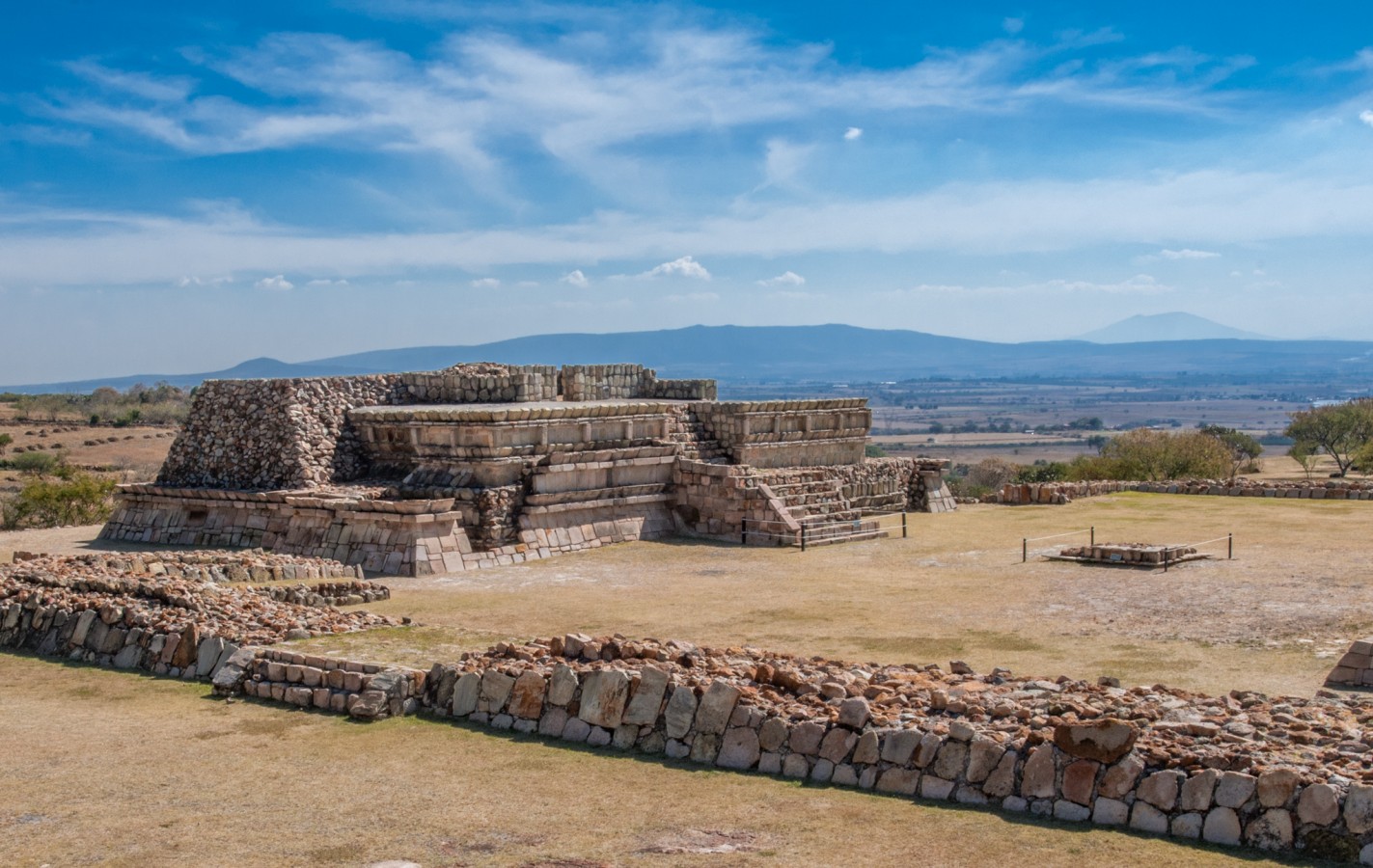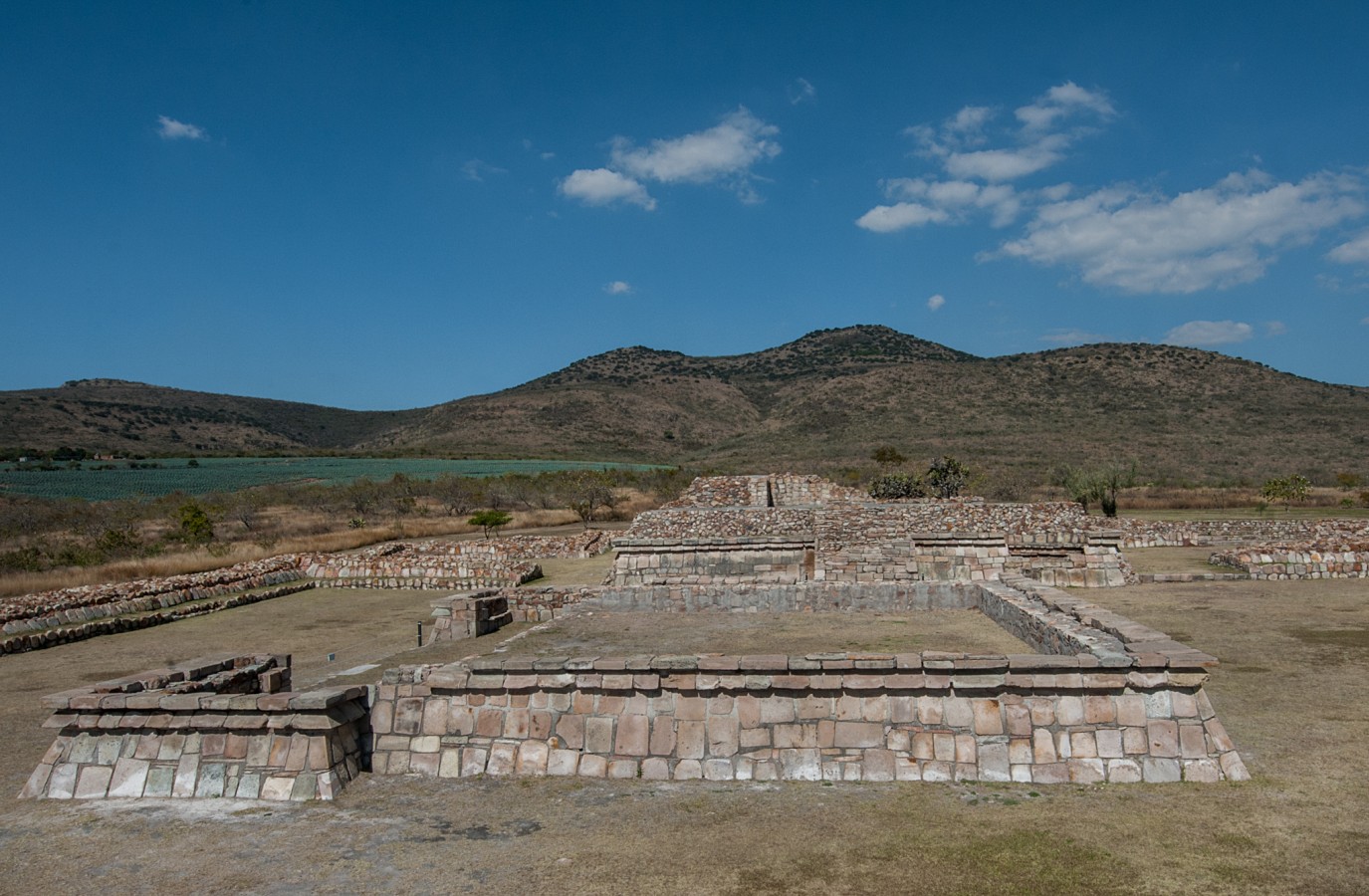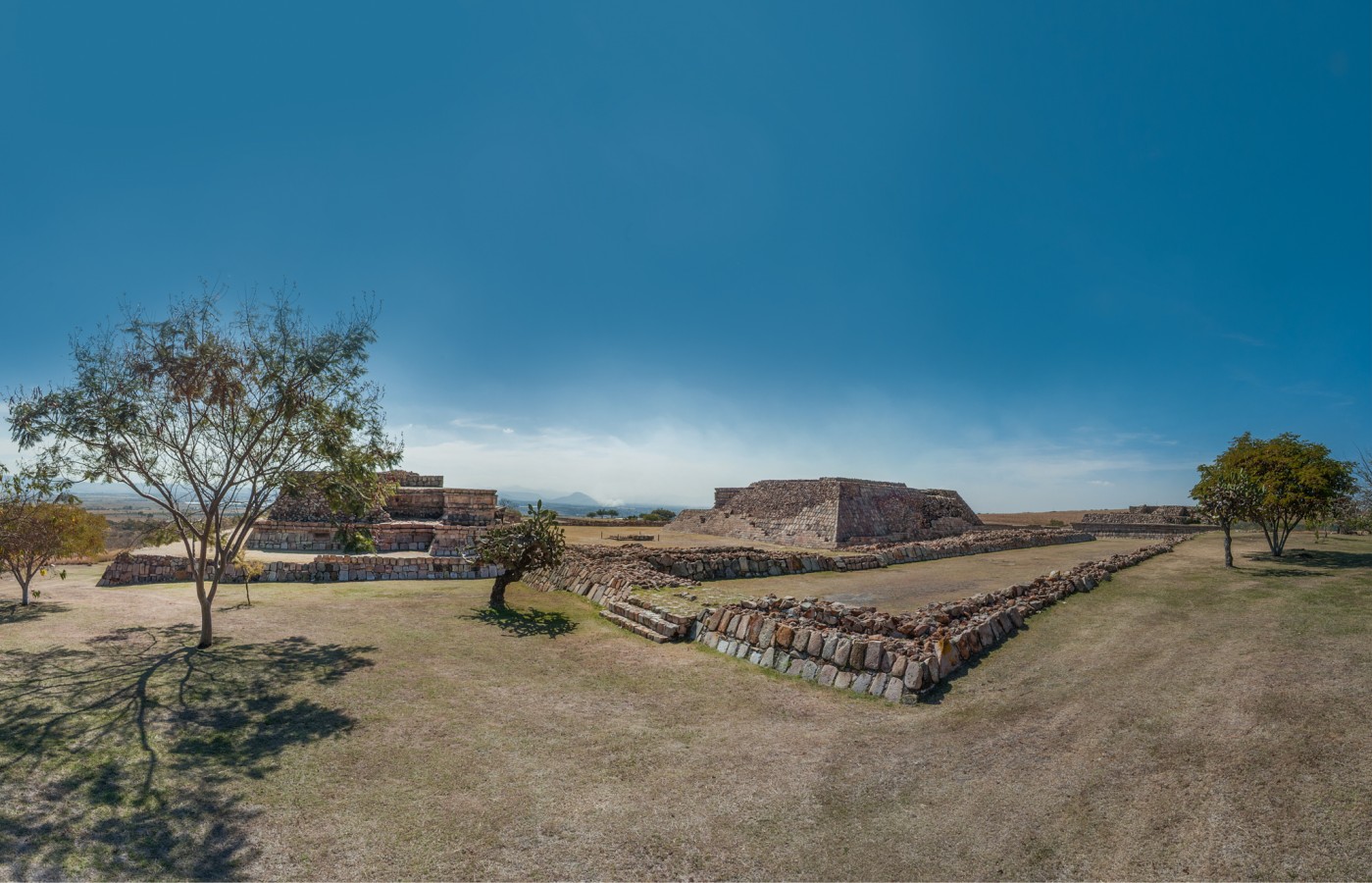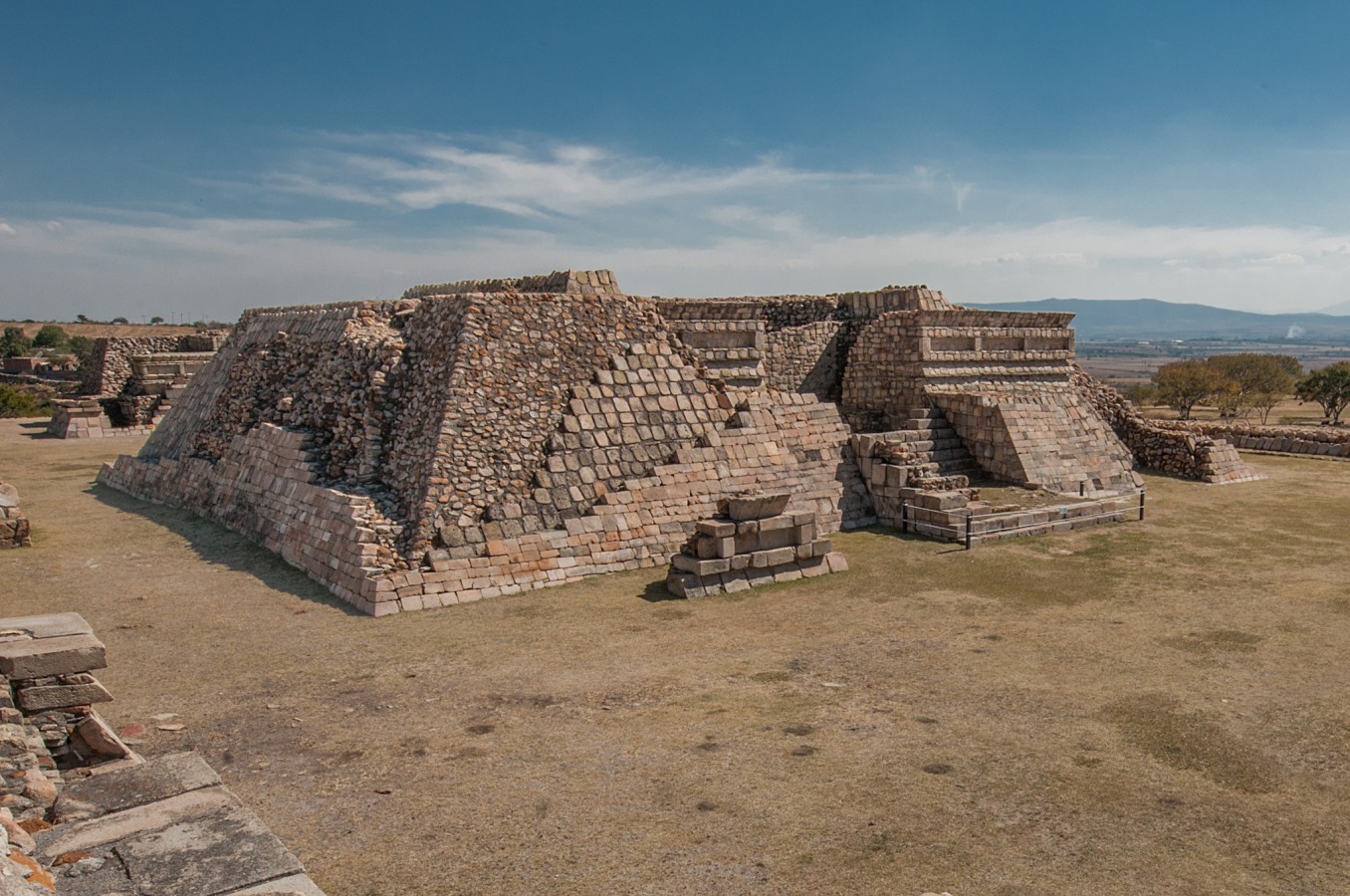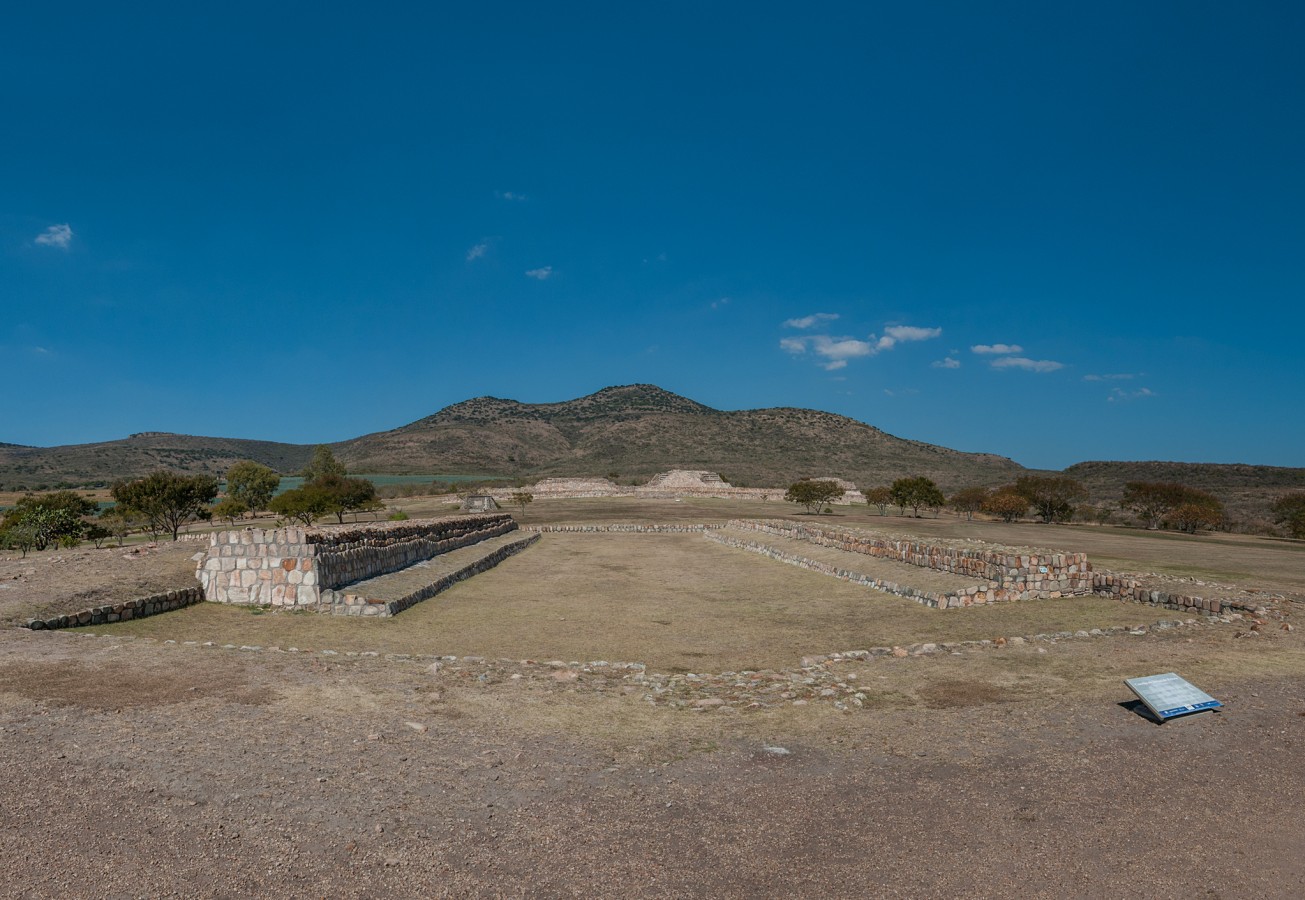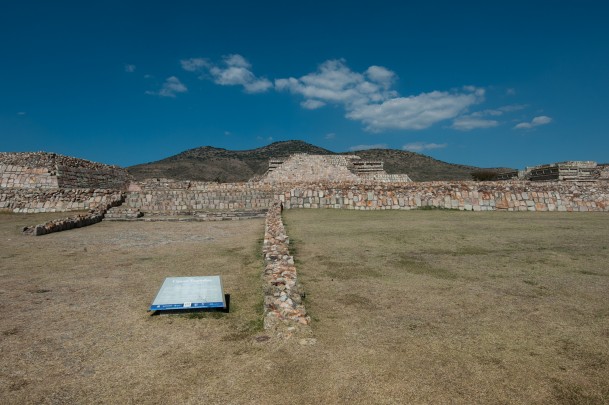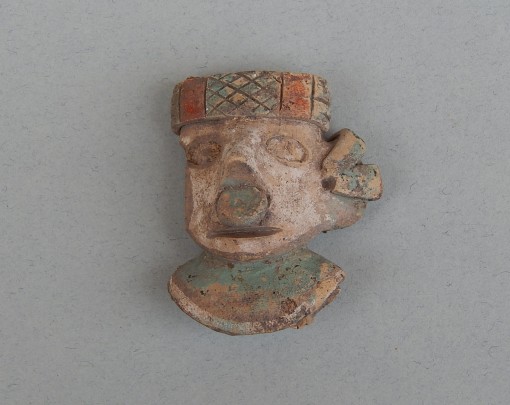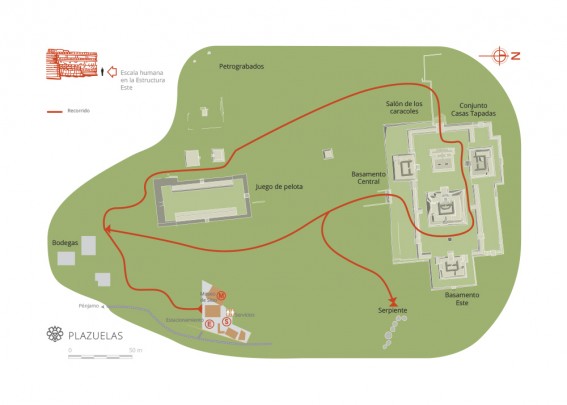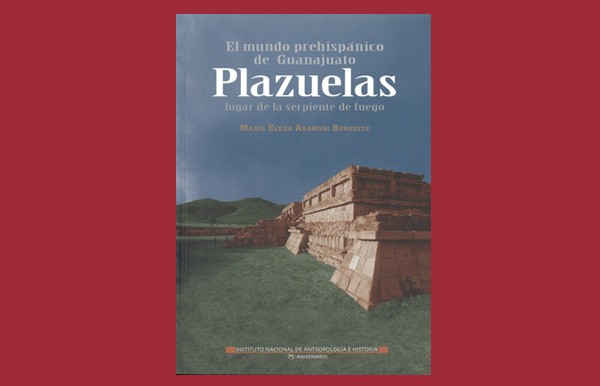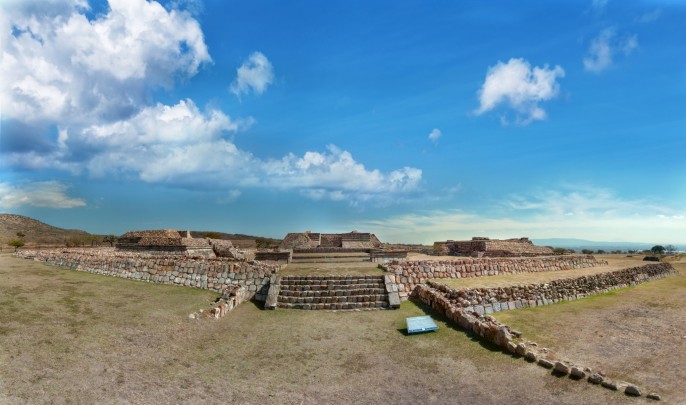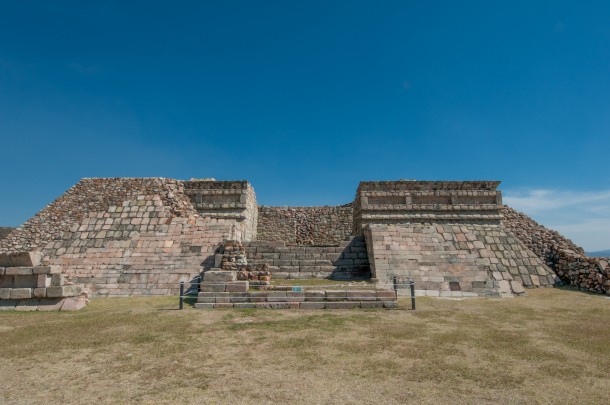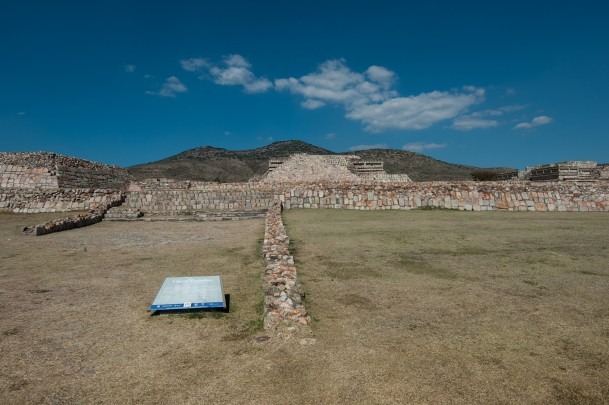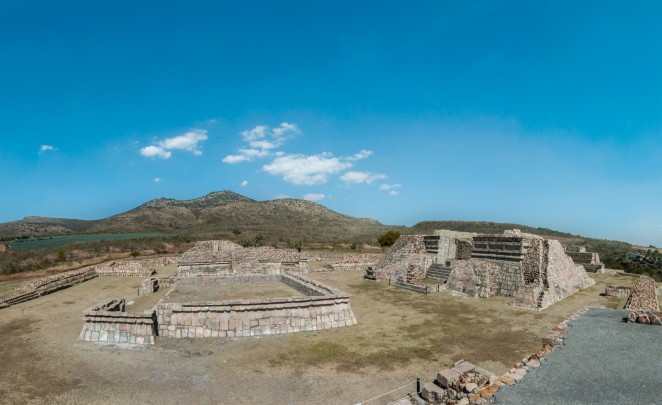Plazuelas
Gets its name because it is situated in San Juan el Alto Plazuelas.
One of the most complex cities of the region, found in the southern foothills of the Pénjamo Range. It stands out because of its integration with the countryside (it was carefully built to preserve the harmony of its surroundings). Plazas, palaces, sculpture and thousands of splendid stone carvings await the visitor.
About the site
This archeological site gets its name from its location in the outskirts of the Las Plazuelas community (San Juan el Alto) in the town of Pénjamo, Guanajuato. It is comprised of seven buildings constructed on three hillsides, which are separated by two ravines: the Los Cuijes ravine to the west and the Agua Nacida ravine to the east.
The westernmost hillside has a simple ballgame court which is connected to a series of residential terraces. On the easternmost hillside, four more complex buildings stand out: Los Cuitzillos, which is comprised of three pyramidal plinths with an open plaza to the south; El Cajete, with a circular floor plan; La Crucita, a small pyramid set on a rocky outcrop and, finally, El Cobre, comprised of two structures which delimit a small quadrangular plaza.
The central hillside is the one that is open for public visits. The largest and most complex building of Plazeulas was built here, known locally as Casas Tapadas (“Covered Houses”). Parts of a four-room house were discovered to the northeast of this hillside. Three of the rooms enclose a quadrangular courtyard open towards the ravine. The other room must have been used to prepare food as fragments of kitchen utensils were found among the debris.
A series of engravings can be seen on the rocky outcrop near the ravines. Carved in low relief, there are concavities, straight lines, curved lines, simple or concentric circles and various spirals. Some rocks also depict architectural elements, such as pyramid bases, rooms with inner courtyards, plazas, ballgame courts, terraces and entry passages. La Maqueta (“The Model”) is of particular interest as it depicts the Casas Tapadas building.
The city reached its peak between the years 450 and 700 AD. The city was later burned, destroyed and deconsecrated, but remained in people’s memory as a mythical place of ancestral worship.
Despite advances in the excavations, Plazuelas continues to be a place of great mystery. The building’s design and embellishments evoke, time and time again, the ancient worship of the gods who personified water, earth, fire and wind, essential elements for the reproduction of life. The attributes of Tlaloc, the god of rain and lord of the agricultural seasons, are highlighted among these. What’s more, the combination of carved stones and architectural depictions of nearby and distant regions confirms that this region brings together the complexity of various Mesoamerican people’s ways of thinking.
The westernmost hillside has a simple ballgame court which is connected to a series of residential terraces. On the easternmost hillside, four more complex buildings stand out: Los Cuitzillos, which is comprised of three pyramidal plinths with an open plaza to the south; El Cajete, with a circular floor plan; La Crucita, a small pyramid set on a rocky outcrop and, finally, El Cobre, comprised of two structures which delimit a small quadrangular plaza.
The central hillside is the one that is open for public visits. The largest and most complex building of Plazeulas was built here, known locally as Casas Tapadas (“Covered Houses”). Parts of a four-room house were discovered to the northeast of this hillside. Three of the rooms enclose a quadrangular courtyard open towards the ravine. The other room must have been used to prepare food as fragments of kitchen utensils were found among the debris.
A series of engravings can be seen on the rocky outcrop near the ravines. Carved in low relief, there are concavities, straight lines, curved lines, simple or concentric circles and various spirals. Some rocks also depict architectural elements, such as pyramid bases, rooms with inner courtyards, plazas, ballgame courts, terraces and entry passages. La Maqueta (“The Model”) is of particular interest as it depicts the Casas Tapadas building.
The city reached its peak between the years 450 and 700 AD. The city was later burned, destroyed and deconsecrated, but remained in people’s memory as a mythical place of ancestral worship.
Despite advances in the excavations, Plazuelas continues to be a place of great mystery. The building’s design and embellishments evoke, time and time again, the ancient worship of the gods who personified water, earth, fire and wind, essential elements for the reproduction of life. The attributes of Tlaloc, the god of rain and lord of the agricultural seasons, are highlighted among these. What’s more, the combination of carved stones and architectural depictions of nearby and distant regions confirms that this region brings together the complexity of various Mesoamerican people’s ways of thinking.
Map
Did you know...
- The archeological project in Plazuelas, led by the archeologist Carlos Casteñeda, began in 1997. The site opened to the public in March 2006.
- There are more than 1,000 petroglyphs with diverse symbols around the area.
- Around 20 sculptures with representations of lightning were found around the eastern plinth.
An expert point of view
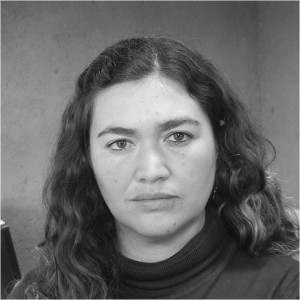
Martha Ruth Ortega Rivera
Centro INAH Guanajuato
Practical information
Temporarily closed
Tuesday to Sunday from 10:00 to 17:00 hrs. Last entry 16:00 hrs. Maximum capacity 15 people every 30 min, 210 people per day.
Cuenta con Museo o Centro de Atención al visitante.
Se localiza en terrenos de la localidad de San Juan el Alto Plazuelas, a 12.5 km de la ciudad de Pénjamo, Guanajuato.
Services
-
+52 (473) 733 1069
-
This email address is being protected from spambots. You need JavaScript enabled to view it.
Directory
Responsable
Centro INAH Guanajuato
This email address is being protected from spambots. You need JavaScript enabled to view it.
+52 (473) 733 0857


